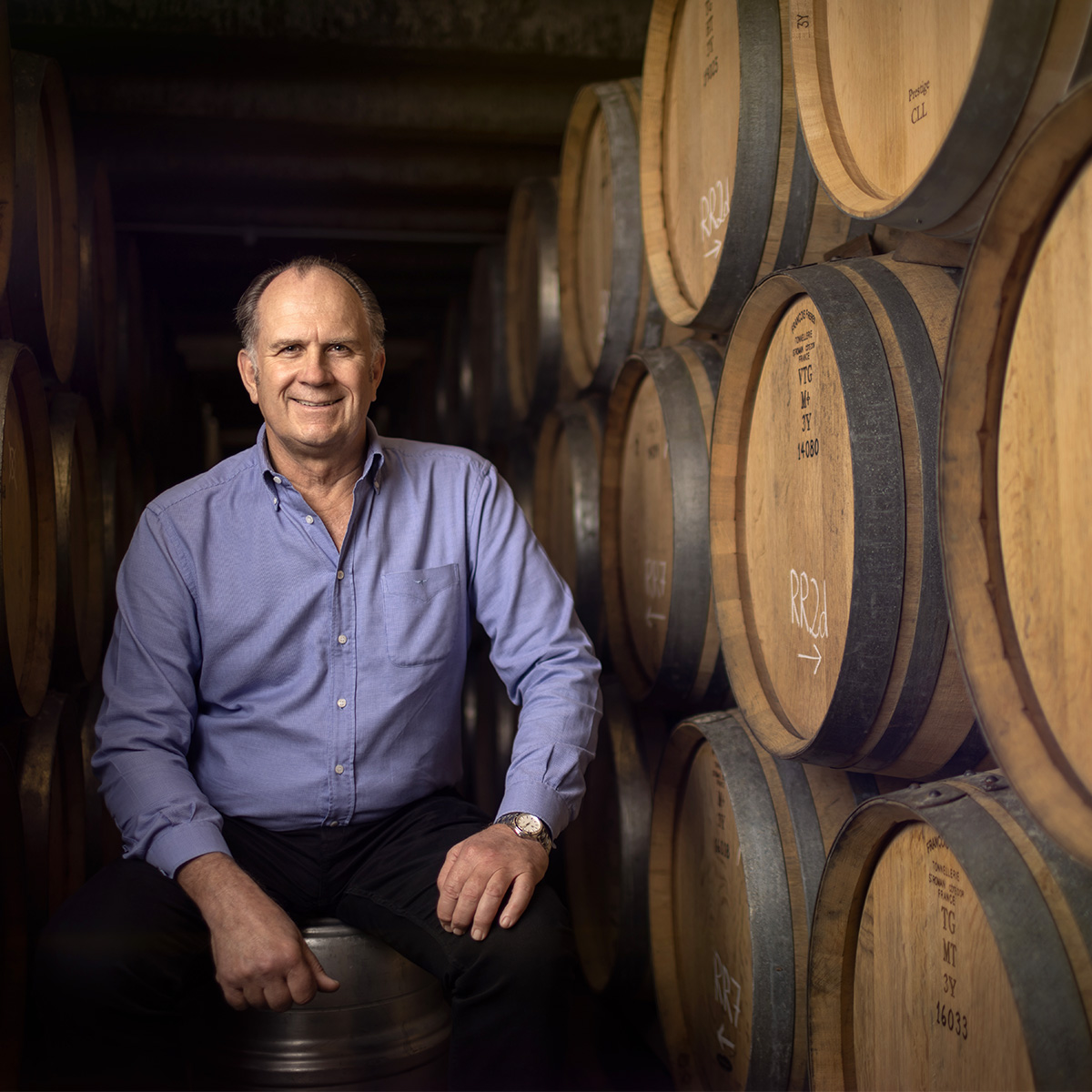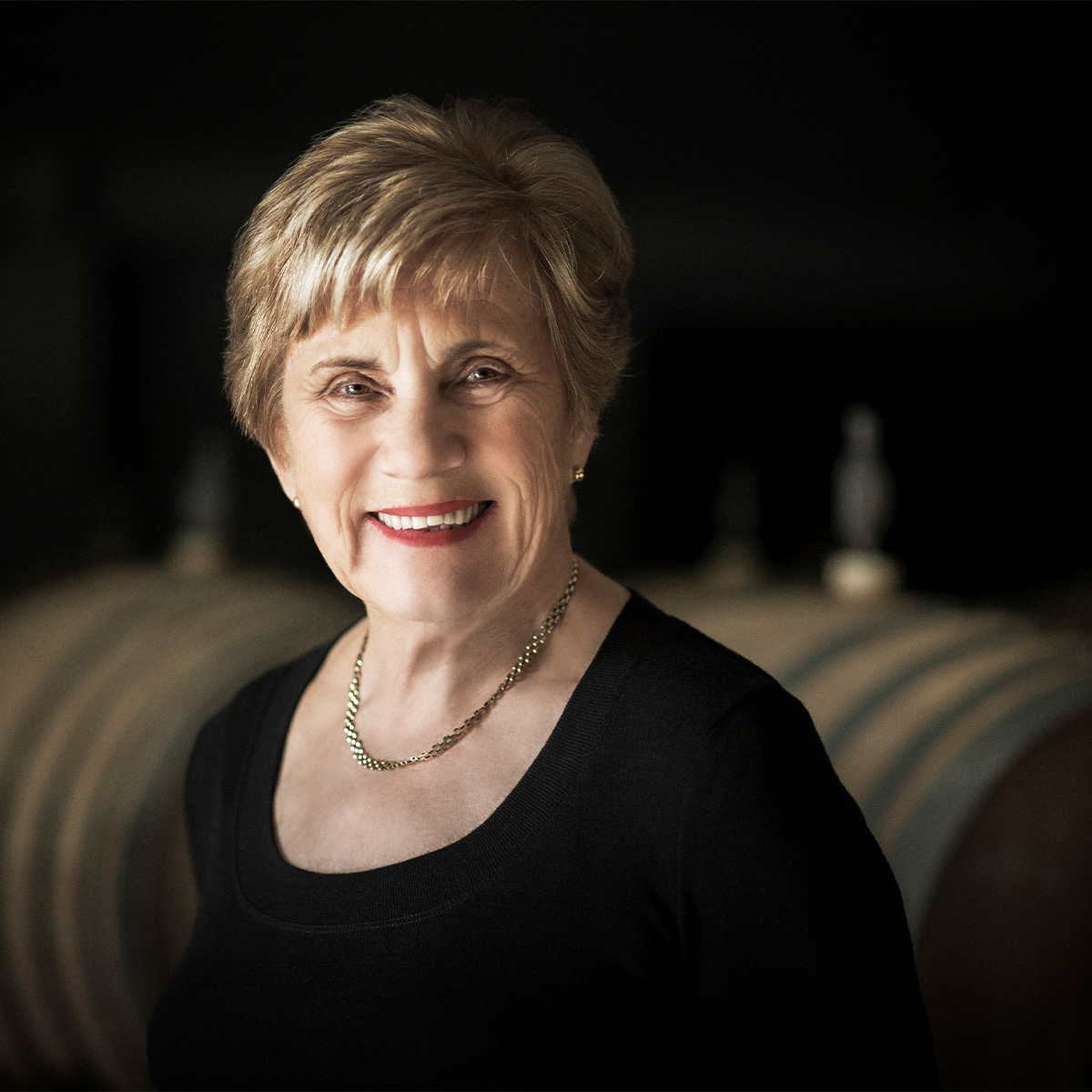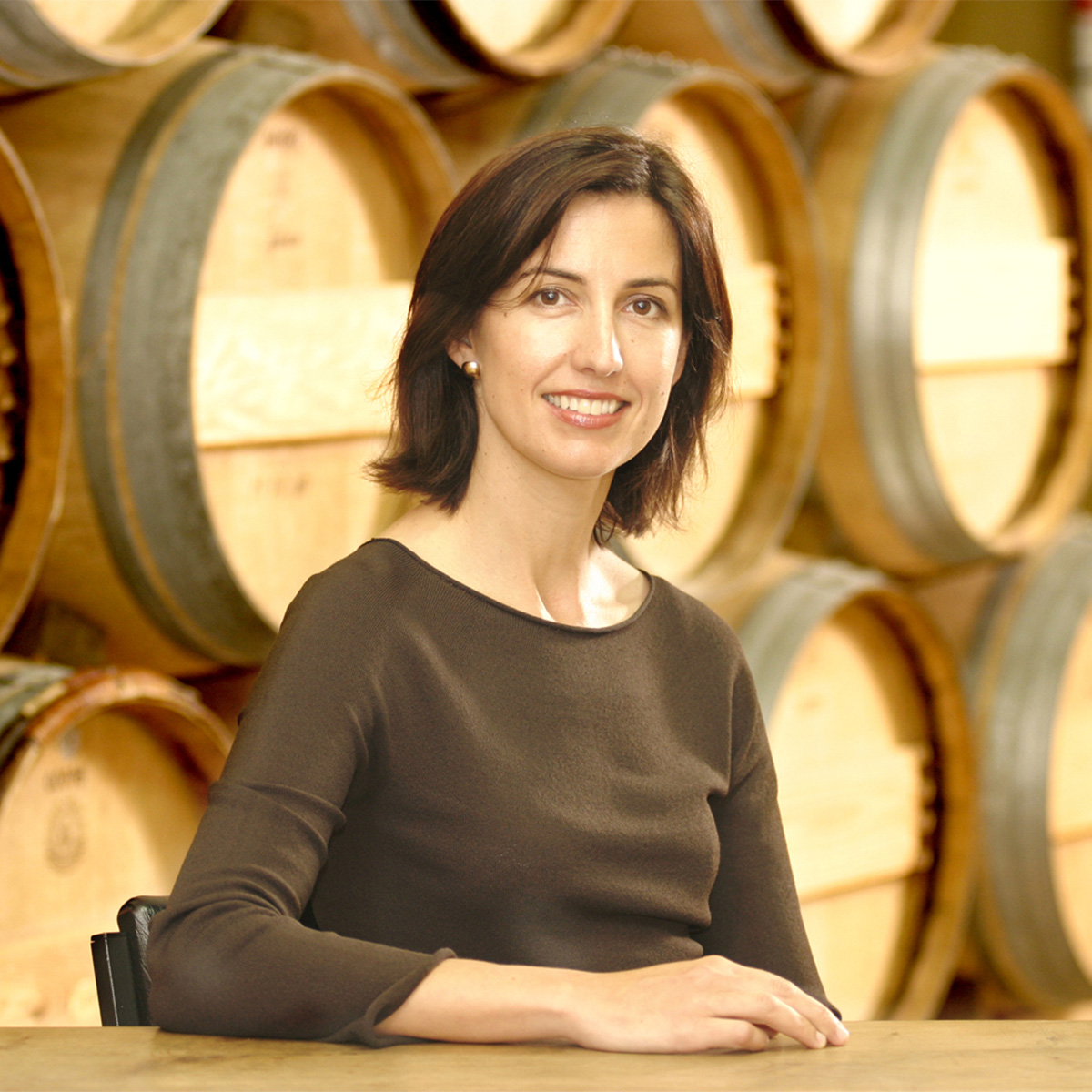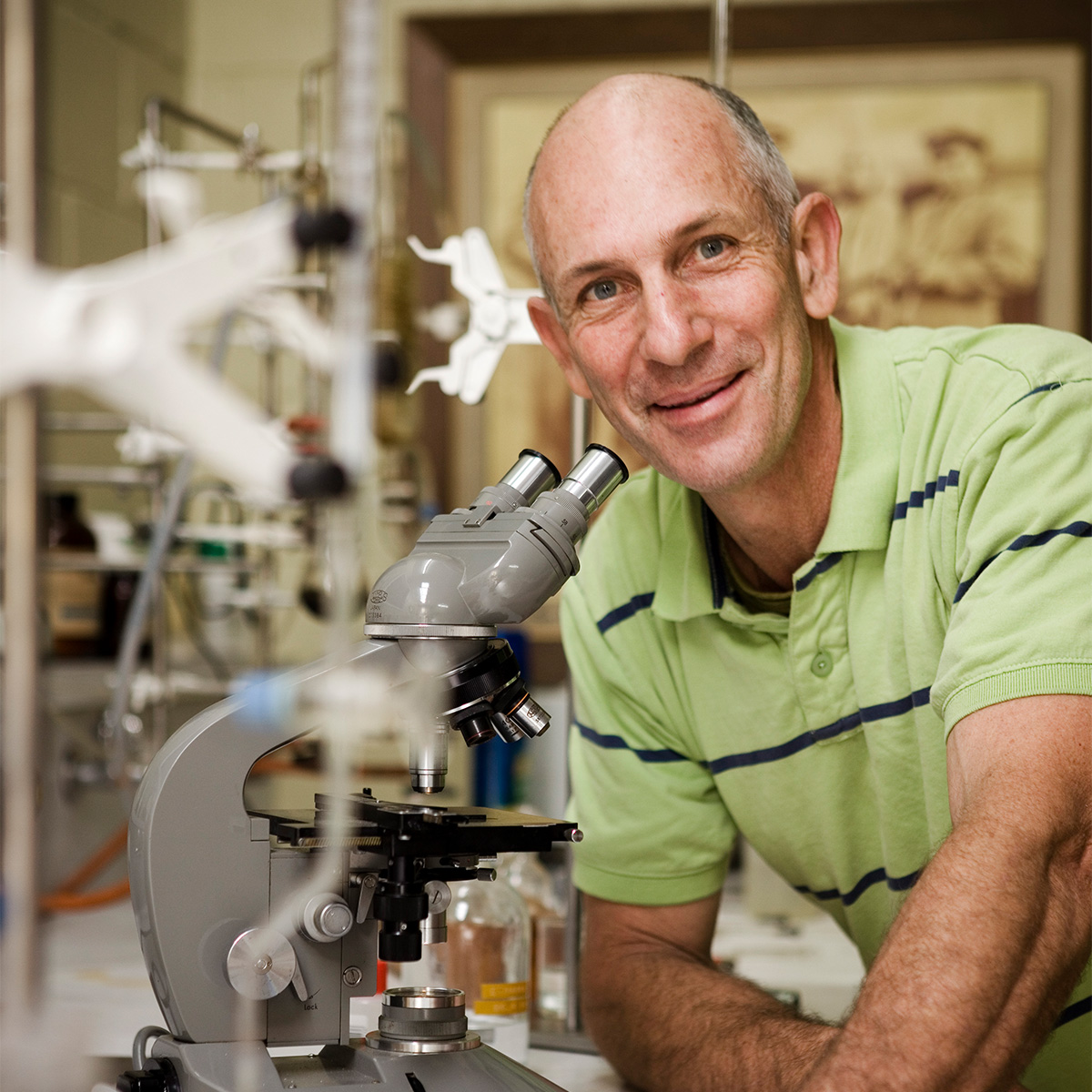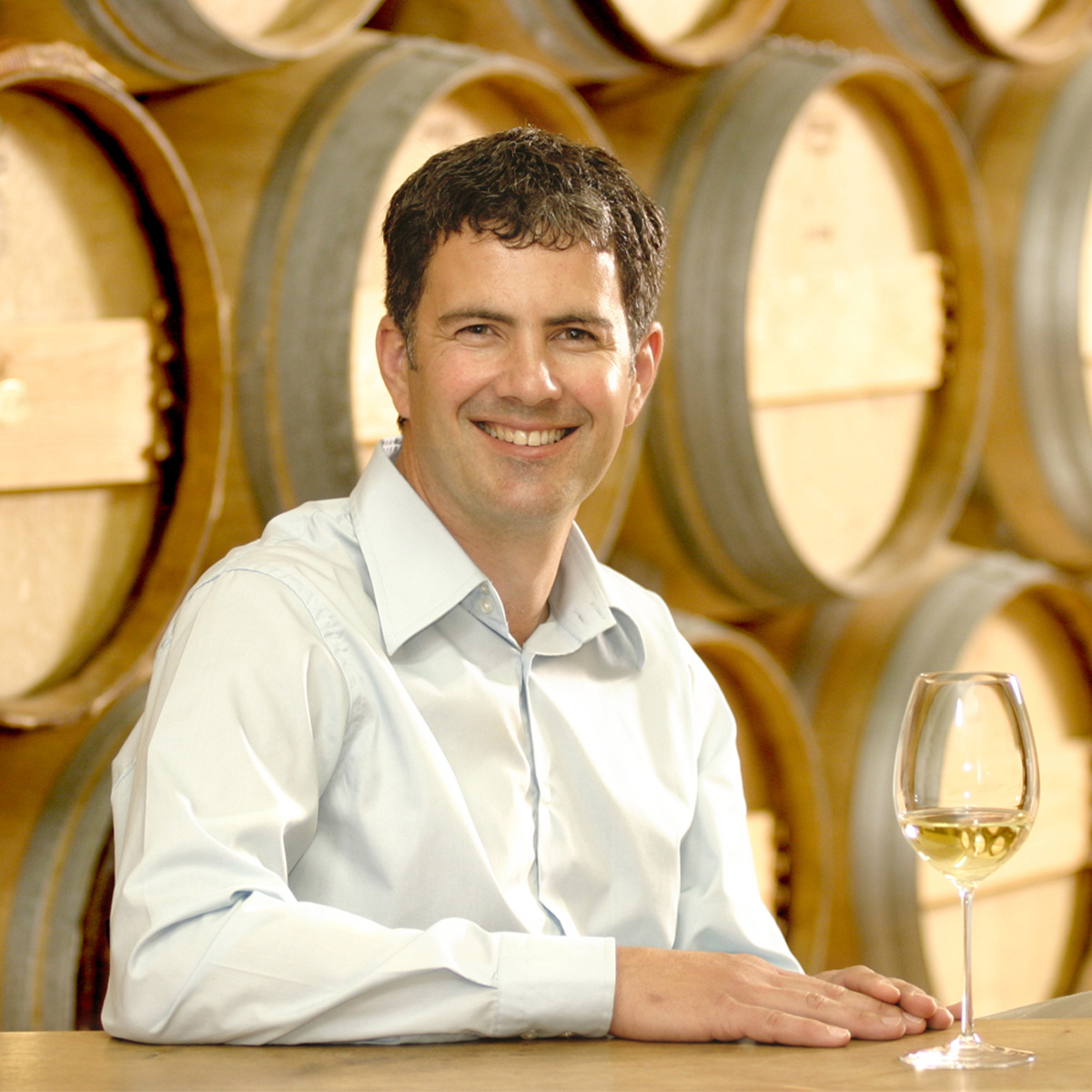Kumeu River Story

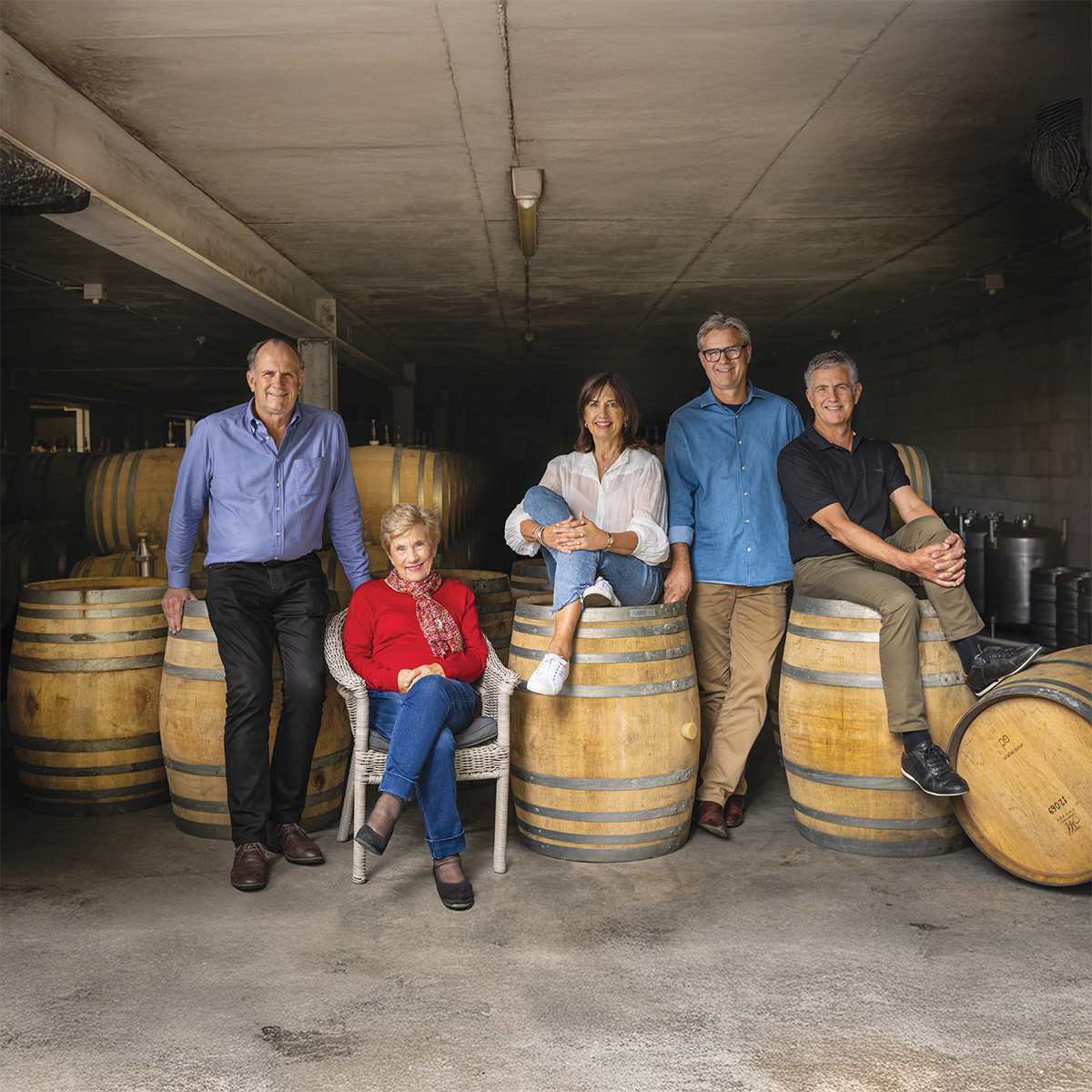
Kumeu River, one of the first wineries in Auckland, New Zealand, helped establish the reputation of Kumeu as a word-class wine region. Founded in 1944 by the Brajkovich family, immigrants from Croatia, the estate has grown and flourished over the years through the dedication to producing benchmark-quality Chardonnay, influenced heavily by Burgundy (and often confused as such in blind tastings). Its array of single-vineyard Chardonnays represents some of the finest examples of this grape anywhere in the world, the Côte d’Or included.
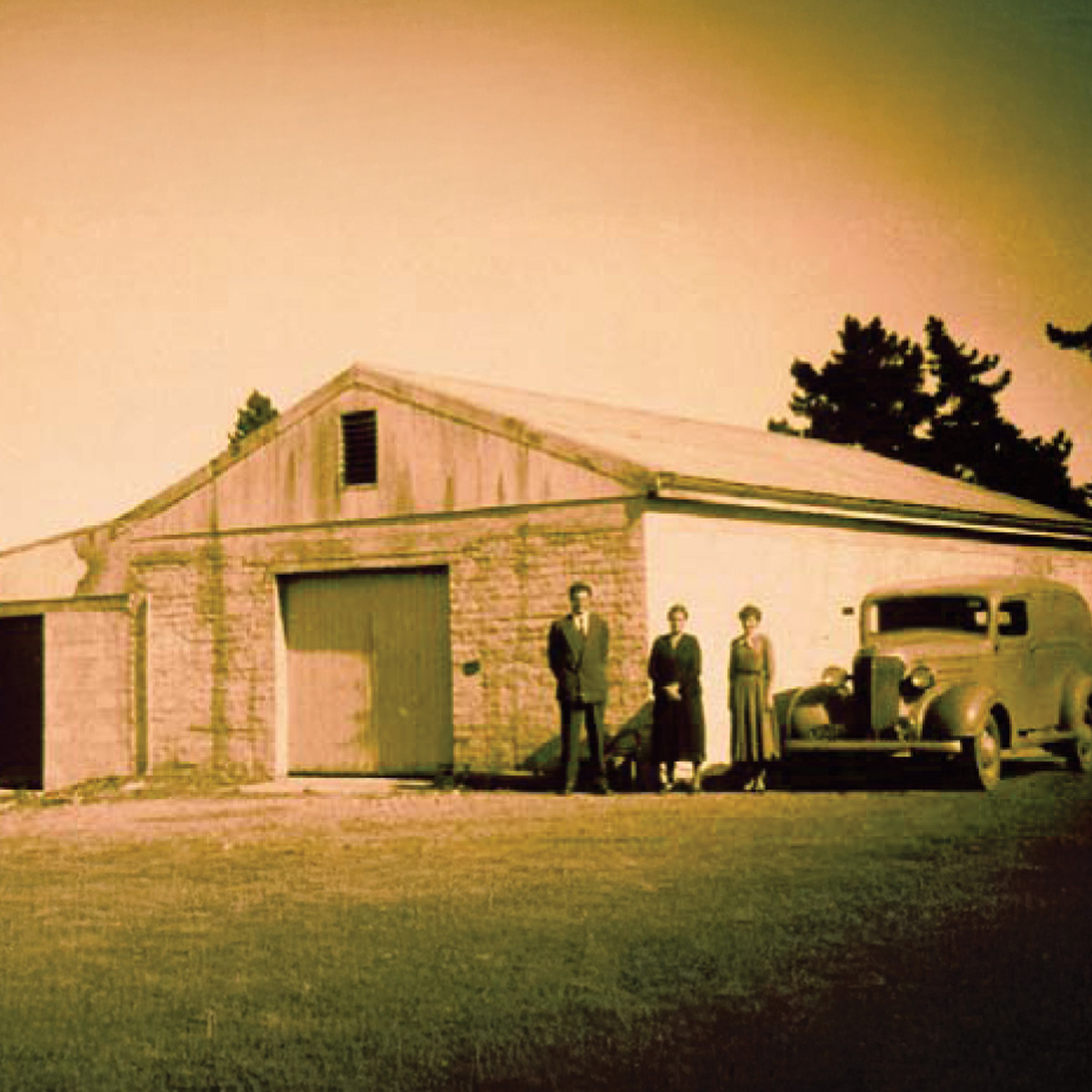

History
The story of Kumeu River Wines unfolds more than a half-century ago when the first generation of the Brajkovich family arrived in New Zealand. In 1938, Maté Brajkovich emigrated with his mother, Katé, and two sisters, Fr...
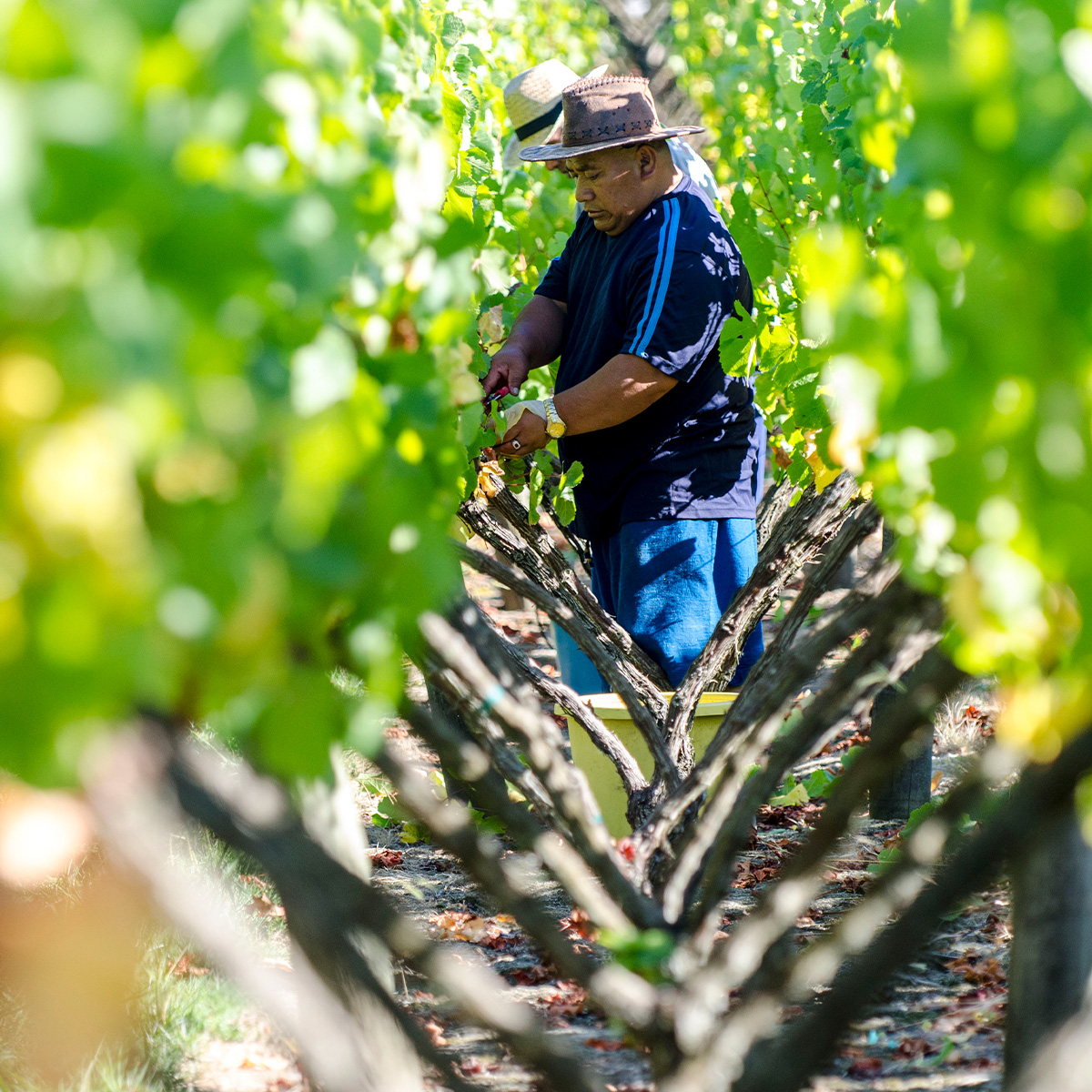

Vineyards
Maté’s Vineyard: Honoring Maté Brajkovich who planted this Chardonnay vineyard in 1990 on the site of the family’s first and original vineyard holding from 1944, it has been released as a single-vineyard expression sinc...
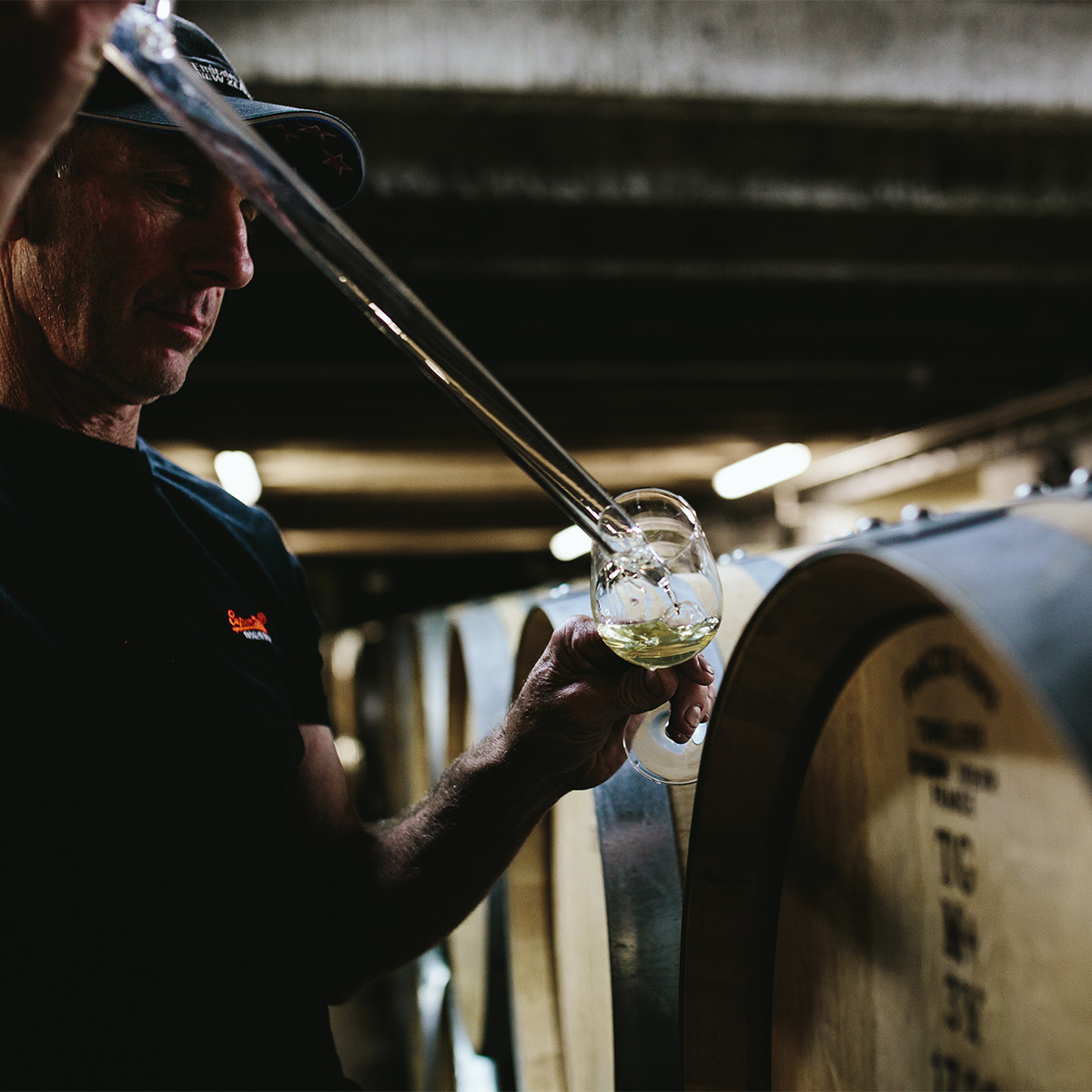

Winemaking
The winemaking philosophy at Kumeu River can be summarized in a single word: quality. The Brajkovich family endeavors to grow grapes of the highest quality and then treat them with respect when they turn those grapes int...
Biographies
Kumeu River
About Kumeu River
Kumeu River - a family story

Kumeu
Located just north of Auckland, Kumeu is known for its high-quality, cool-climate wines, particularly its exceptional Chardonnay, along with Merlot and Pinot Gris.


